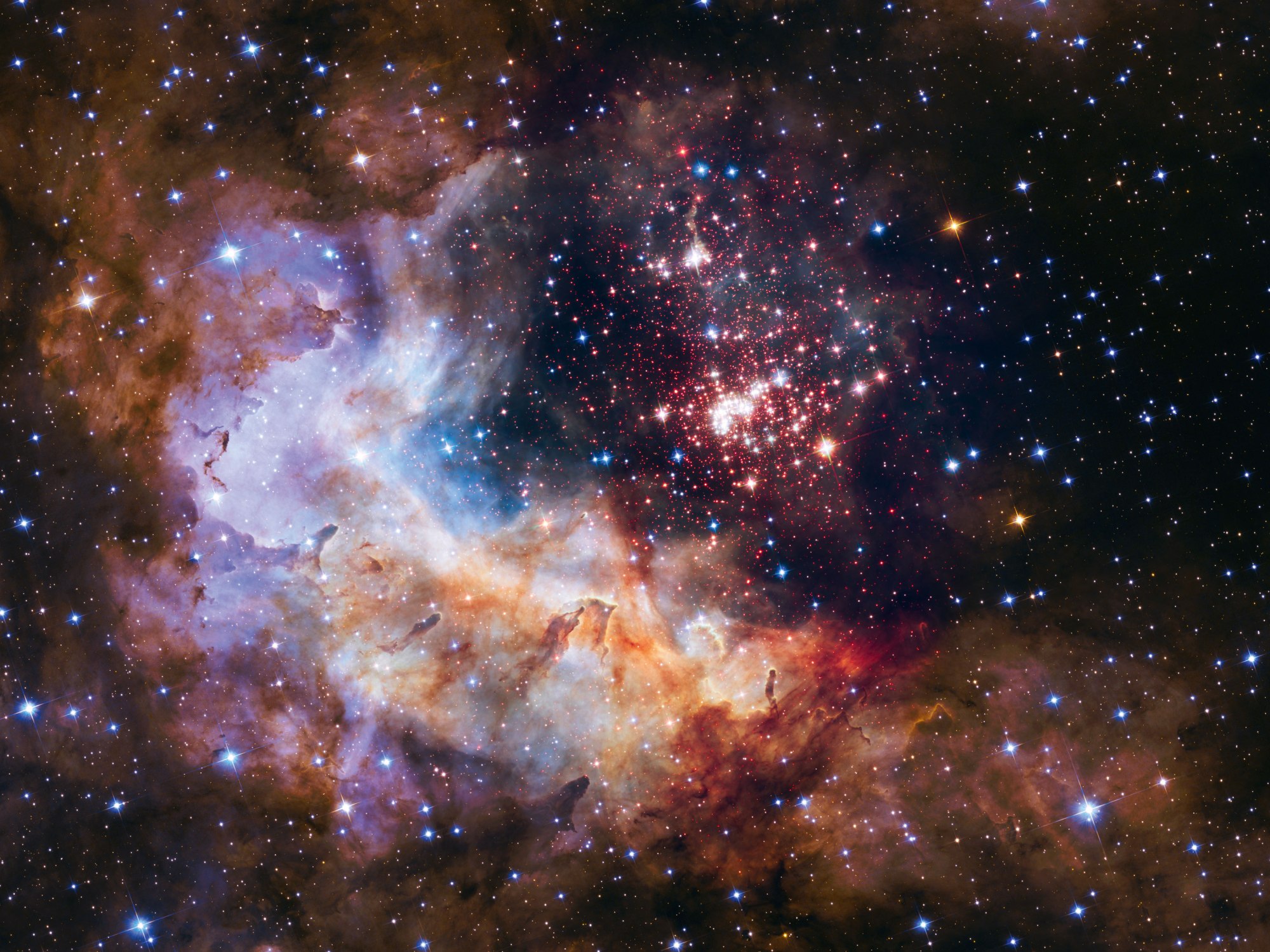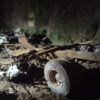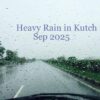A Picture Capture by Nasa it Looks Very Beautiful Read More. “Unbelievable,” composed an Instagram client while responding to the post.
One more day but then another post by Nasa that has now left individuals in wonderment. This is a post that permits netizens to take a gander at the universe “through another (infrared) focal point.” It is plausible that the post will leave you saying “good” and that too more than once.
In their post, Nasa shared a pictured video alongside a distinct subtitle. “When seeing heavenly items through noticeable light – light that the natural eye can see – thick dust storms can seem shadowy. So to catch this current cloud’s staggering, ethereal wisps, the Hubble Space Telescope goes to infrared light,” they composed.
The space office depicted the Horsehead Nebula displayed in the envisioned video in the following, not many lines. “Found almost 1,500 light-years away in the group of stars Orion, the Horsehead Nebula is perhaps the most recognizable nebulae in the night sky.
This logical perception reproduces a trip through an infrared perspective on the cloud, rejuvenating the shocking astronomical picture,” the space organization added.
When seeing heavenly articles through noticeable light – light that the natural eye can see – thick dust storms can seem shadowy. So to catch this present cloud’s staggering, ethereal wisps, the Hubble Space Telescope goes to infrared light.
Found almost 1,500 light-years away in the star grouping Orion, the Horsehead Nebula is quite possibly the most recognizable nebulae in the night sky. This logical perception recreates a trip through an infrared perspective on the cloud, rejuvenating the staggering infinite representation.
Representation credits: NASA, ESA, and G. Bacon, T. Boundaries, L. Frattare, Z. Levay, and F. Summers (Viz 3D Team, STScI); Horsehead picture: NASA, ESA, and the Hubble Heritage Team (STScI/AURA), J. Emerson (ESO, VISTA), and Cambridge Astronomical Survey Unit
Night sky pictures: A. Fujii; Survey picture: Digitized Sky Survey (DSS), STScI/AURA, Palomar/Caltech, and UKSTU/AAO; IR picture: J. Emerson (ESO, VISTA), and Cambridge Astronomical Survey Unit. Music credit: “Locater,” Jamal Steven Pilgrim [ASCAP], Open Note, In Reality, Universal Production Music.






























